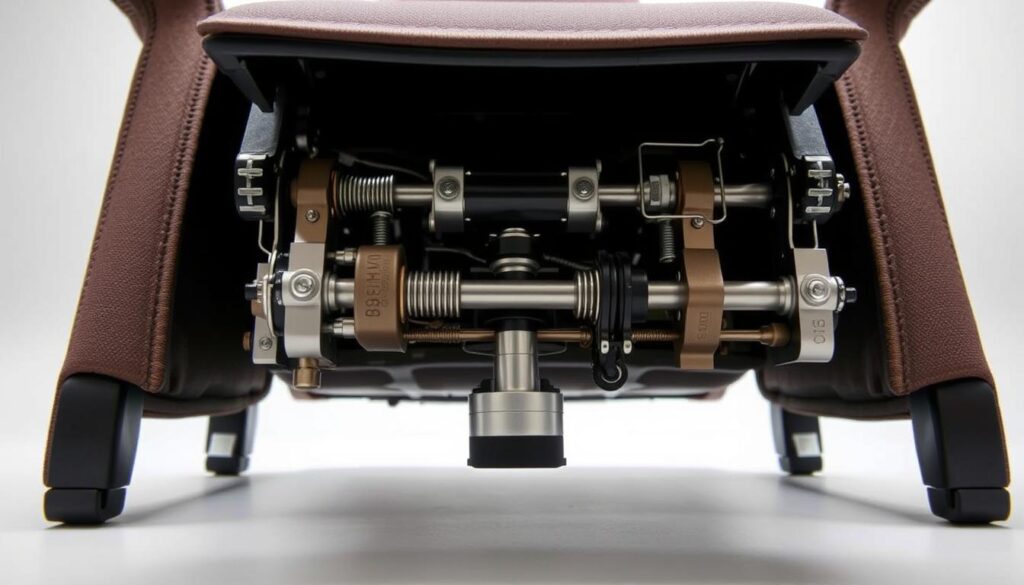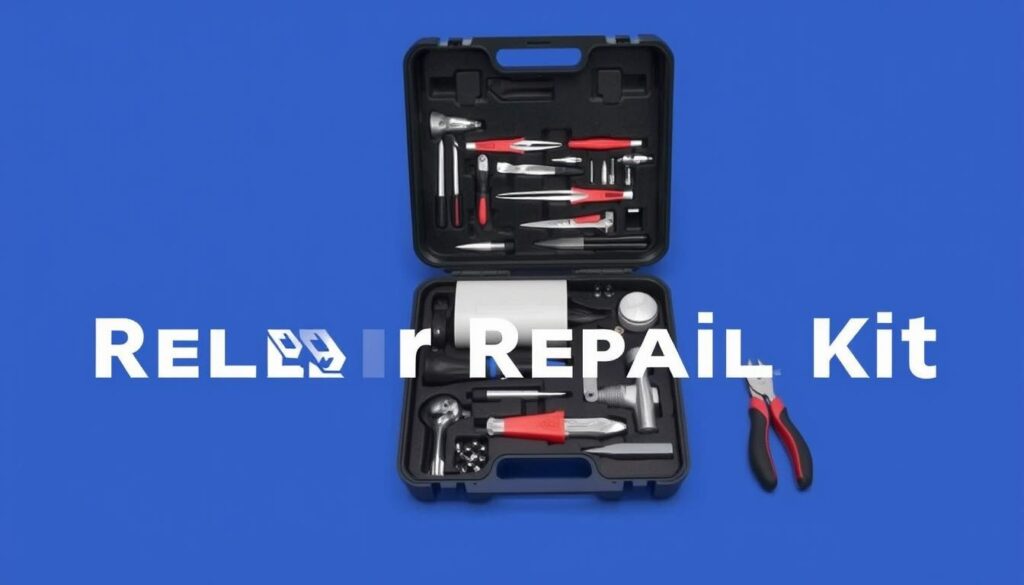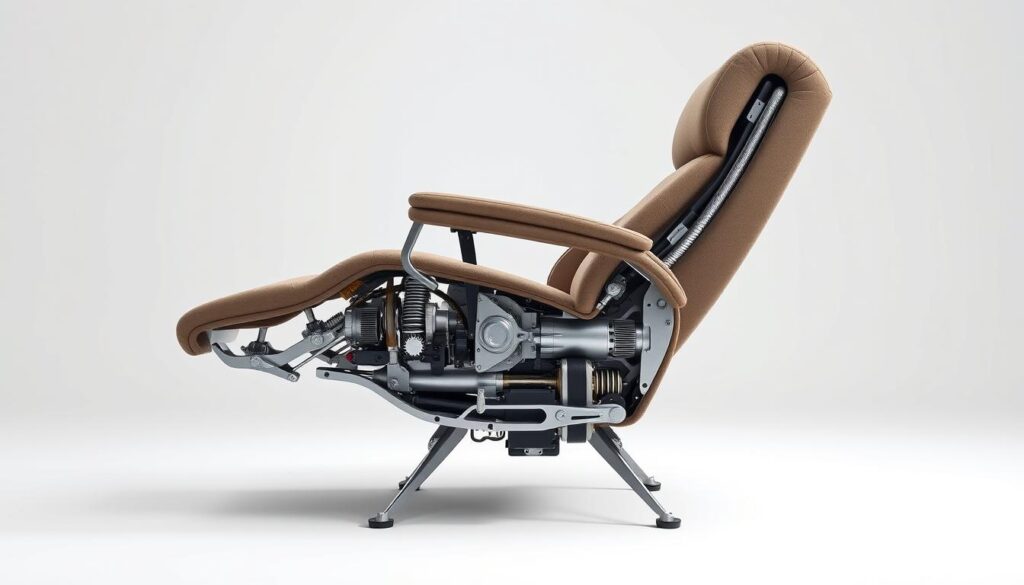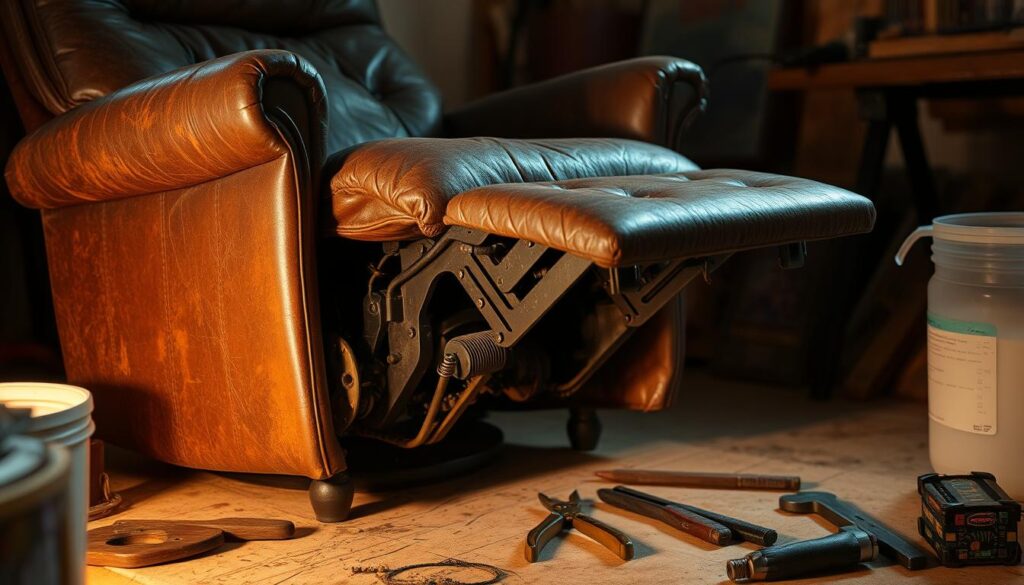Are you tired of dealing with a malfunctioning recliner chair that’s supposed to provide comfort and relaxation? A faulty footrest mechanism can be frustrating and inconvenient. Understanding how to address common problems with your recliner can save you money and extend the life of your favourite chair.
Common issues include difficulty extending or retracting the footrest, uneven movement, or complete failure to operate. This comprehensive guide will walk you through diagnosing and repairing various recliner footrest problems, helping you restore your chair’s functionality and comfort without necessarily requiring professional assistance.
Key Takeaways
- Diagnose common recliner footrest problems and identify the root cause.
- Learn how to repair or replace the faulty footrest mechanism.
- Understand the necessary tools and steps to restore your recliner’s functionality.
- Discover how to maintain your recliner chair to prevent future issues.
- Save money by resolving recliner mechanism issues at home.
Common Issues with Recliner Footrest Mechanisms
Over time, recliner footrest mechanisms can develop issues that affect their performance. Understanding these common problems is crucial to diagnosing and fixing the issue with your recliner.
Identifying the Problem
To effectively repair your recliner’s footrest mechanism, you first need to identify the root cause of the problem. Several components work together to ensure the smooth operation of the footrest, and issues can arise in any of these parts.
Loose or Broken Springs
One of the most common issues with recliner footrest mechanisms is loose or broken springs. When springs become loose or break, the footrest may sag or fail to lock in place when extended. Replacing or tightening these springs can often resolve the issue. As one expert notes, “A recliner’s spring system is crucial for its functionality; when it fails, the entire mechanism can be compromised.”
Damaged Cables or Linkage
Damaged cables or linkage within the mechanism can also cause problems. If the cables or linkage are damaged, the footrest may not operate smoothly or may get stuck. Inspecting these components for any signs of damage or wear is essential. Regular maintenance can help prevent such issues.

When to DIY vs. Seek Professional Help
Once you’ve identified the problem with your recliner’s footrest mechanism, you need to decide whether to attempt a DIY repair or seek professional help. Minor issues, such as loose components or simple spring replacements, can often be handled by DIY enthusiasts. However, more complex problems involving the internal mechanism or requiring special tools may necessitate professional assistance.
As a general rule, if you’re dealing with an expensive or high-end recliner, it’s advisable to seek professional repair services to ensure that the work is done correctly and doesn’t void any warranties. Consider the age and value of your recliner when making this decision.
“For complex recliner repairs, seeking professional help can save time and ensure a proper fix, preserving the longevity of your chair.”
Ultimately, understanding the specific issue with your recliner’s footrest mechanism and weighing your options carefully will help you make an informed decision about how to proceed with repairs.
Tools and Materials Needed for Recliner Repair

Before you start repairing your recliner footrest mechanism, it’s crucial to gather the necessary tools and materials. Having the right equipment on hand will ensure a smooth repair process and prevent further damage to your recliner.
Essential Tools
To successfully repair your recliner, you’ll need a basic toolkit that includes:
- Screwdrivers (both Phillips and flathead)
- Pliers
- Adjustable wrenches
- Allen keys (depending on your chair’s design)
- A flashlight or headlamp for better visibility inside the mechanism
- Work gloves to protect your hands from sharp metal edges
For upholstered recliners, you may also need a staple remover and staple gun to access the mechanism beneath the fabric or leather.
Replacement Parts
Depending on the specific issue with your recliner’s footrest mechanism, you may need to replace certain parts. Common replacement parts include:
- Springs
- Screws
- Bolts
- Cables
- Entire mechanism components
When sourcing replacement parts, it’s recommended to check with the chair manufacturer first for exact matches to ensure proper fit and function. Generic replacement parts can sometimes work but may require modification to fit your specific recliner model.
For leather or fabric repairs that might be necessary when accessing the mechanism, you’ll need matching materials and appropriate adhesives. Having lubricant on hand, such as silicone spray or white lithium grease, is also important for ensuring smooth operation after repairs.
Step-by-Step Guide to Fix Recliner Footrest Mechanism
Repairing the footrest mechanism of your recliner is a manageable task when broken down into simple, actionable steps. To begin, you’ll need to prepare your workspace and access the mechanism.
Preparing Your Workspace
Start by clearing a suitable workspace with adequate lighting and enough room to manoeuvre around your recliner. Place your chair on its side or back to easily access the underside where most footrest mechanism components are located.
- Ensure the area is clear of clutter to avoid any accidents or damage to your recliner.
- Before disassembling anything, take photos of the mechanism from multiple angles to help with reassembly later.
Accessing the Mechanism
Carefully remove the upholstery or access panel that covers the footrest mechanism, taking care not to damage the fabric or leather. Inspect the entire mechanism for obvious issues like loose screws, broken springs, or disconnected parts before making any repairs.

Repairing Common Issues
Several common issues can affect the footrest of your recliner, including loose screws and bolts, broken springs, and improper tension. Addressing these problems requires a systematic approach.
Fixing Loose Screws and Bolts
When fixing loose screws and bolts, remove them completely, clean the threads, and apply a small amount of thread-locking compound before reinstalling. Tighten all screws and bolts systematically, checking for proper movement after each adjustment to avoid over-tightening.
Replacing Broken Springs
For replacing broken springs, ensure you match the tension and size exactly, as incorrect springs can cause improper footrest movement or damage other parts. When installing new springs, use pliers with tape-covered tips to avoid scratching the metal components of your chair’s mechanism.
Adjusting Tension
Adjusting tension in the footrest mechanism requires careful calibration—too tight and the footrest won’t extend; too loose and it won’t stay in place. Test the footrest movement after each repair step to ensure you’re making progress and not creating new problems.
For more detailed guidance on recliner repair, you can visit our comprehensive guide.
After completing the repairs, apply lubricant sparingly to moving parts, focusing on pivot points and areas where metal components make contact. Reassemble any covers or upholstery carefully, ensuring no fabric gets caught in the mechanism which could cause future issues. Perform a final check of all repairs by cycling the footrest through its full range of movement several times to confirm smooth operation.
Conclusion
In summary, with the right guidance, you can easily repair your recliner’s footrest mechanism and extend the life of your favourite chair. Repairing your recliner footrest mechanism yourself can be a rewarding project that not only saves you money but also gives you a sense of accomplishment.
Regular maintenance is key to preventing many common footrest problems before they require extensive repairs. By keeping your recliner well-maintained, you can ensure it continues to provide comfort and relaxation for years to come.
- If your DIY fixes don’t resolve the issues, consider seeking professional services from furniture repair specialists who can offer warranties on their work.
- When evaluating repair costs versus replacement, consider the age, overall condition, and sentimental value of your recliner to make an informed decision.
- For high-end leather recliners, professional services are often worth the investment to preserve both function and appearance.
- Many furniture repair companies offer in-home service, saving you the time and effort of transporting your recliner.
It’s also important to remember that fabric and leather care is just as crucial as mechanism maintenance for preserving your recliner’s overall condition and appearance. With proper care and timely repairs, a quality recliner can provide comfort and relaxation for many years to come.
By following the steps outlined in this guide, you’ve not only learned how to fix your recliner’s footrest mechanism but also gained skills that may help you assist friends or family with similar furniture problems in the future.



